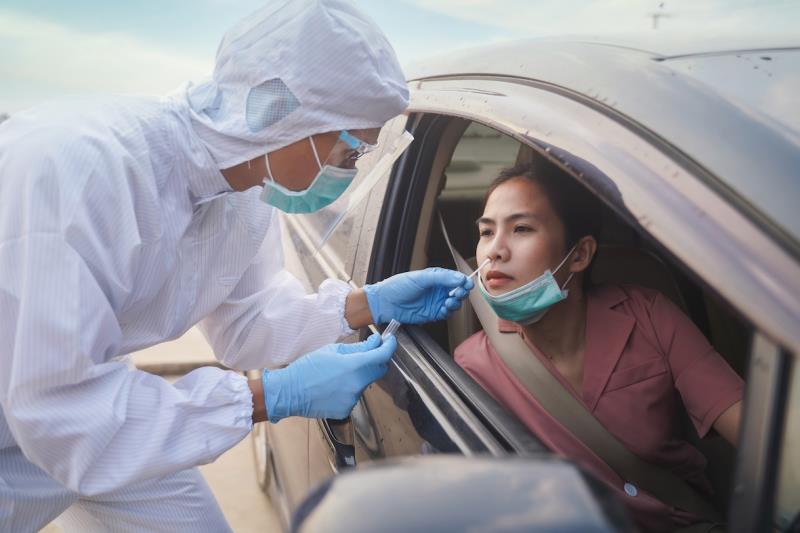Early preparedness, intensive response key to combating COVID-19





Both Malaysia and Kerala (a state in India) have relatively low fatality rates of COVID-19 as a result of preparing early and intensively even before they received the first patient.
Director-General of Health Malaysia, Datuk Dr Noor Hisham Abdullah and Minister for Health, Social Justice, and Women and Child Development of Kerala, K.K. Shailaja recently shared their experience of managing the COVID-19 outbreak during a webinar, which was jointly hosted by Drugs for Neglected Diseases initiative (DNDi) and COVID-19 Clinical Research Coalition (CCRC).
The Malaysian government, spearheaded by MOH, started preparing in December 2019 by activating the national crisis preparedness and response centre (CPRC) as well as CPRC in all 14 states. The CPRC is the important part of the response where the training, guidelines, logistics, reporting, data collection, and all things pertaining to the outbreak were established.
“We have the experience in the past whereby we managed the Nipah virus outbreak, SARS, MERS-CoV and H1N1. That experience has given us the preparedness and the response protocol,” said Hisham.
When China released the genomic sequence for SARS-CoV-2 on 3 January, the Institute for Medical Research (IMR) prepared the primers for the reverse transcription-polymerase chain reaction (RT-PCR) test and created the protocol for RT-PCR testing which was used to train 24 laboratories in both public and private sectors.
MOH also identified seven designated hospitals to treat COVID-19 patients, and 33 hybrid hospitals for COVID-19 and nonCOVID-19 patients. All positive cases have been admitted to the hospital while those who have been exposed to positive cases, known as patients under investigation (PUI), have been isolated and quarantined for 14 days at designated quarantine centres.
In addition, various stages of movement control order (MCO) was put in place from 18 March to date to “flatten the curve” and prevent a surge in cases. As a result, the recovery rate was about 97 percent with almost 900,000 cases tested; positivity rate was 0.98 percent; and case fatality rate was 1.4 percent as of 20 July.
The response to COVID-19 outbreak involved a whole government approach covering other agencies and ministries as well as NGOs and the society.
K.K. Shailaja, popularly referred to as Shailaja Teacher, started preparing soon after she read about the COVID-19 outbreak in Wuhan. “In the first phase, [among] people who returned from Wuhan [there were] three positive cases … they were hospitalized, treated and sent home after they were cured. There were no other transmissions,” said Shailaja.
In the second phase, people started arriving from other countries and many were infected. The Kerala government adapted the approach of trace, quarantine, test, isolate, and treat. When the central government declared lockdown from 24 March until 3 May, the public health system was activated to prepare for more cases and the curve was flattened.
When the lockdown was lifted on 4 May, more people arrived in Kerala. Although tracing and testing were done, there was a surge in the number of cases. They started practicing cluster management strategy with no movement of people in or out of the clusters especially in coastal towns. As of 21 July, only 43 deaths were reported in Kerala.
Between the two of them these leaders have done incredible work in terms of setting the trend for how countries can and should respond to the COVID-19 pandemic. What is striking about both of them is that they acted very early. They took all the warnings from WHO and other partners seriously and they mobilized an incredible response using all their resources at their disposal,” said Professor Madhukar Pai, Canada Research Chair in Epidemiology and Global Health at McGill University and director at McGill International TB Centre, the webinar moderator.